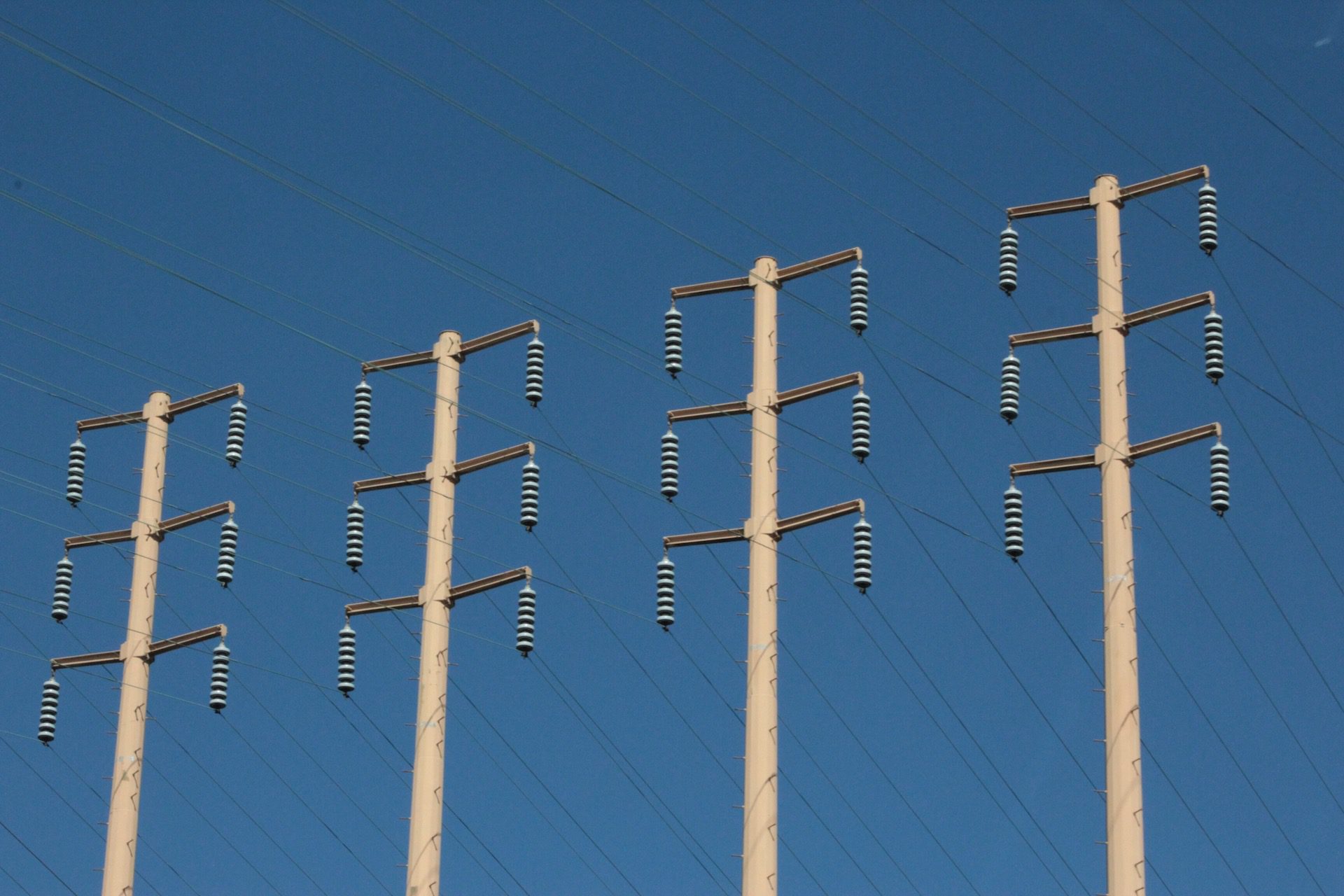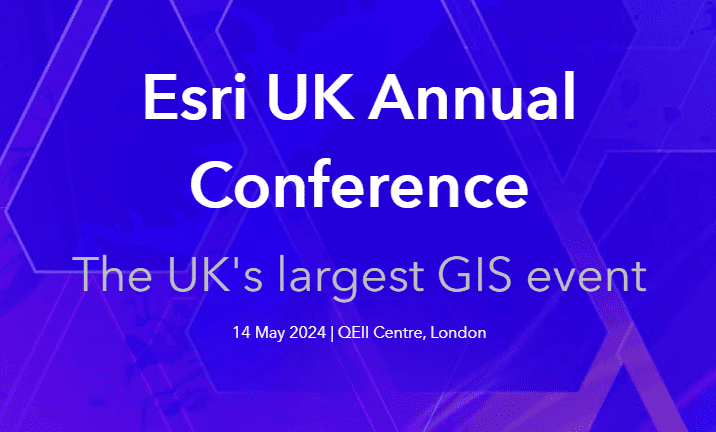The Role of Geographic Information System in Utilities

The role of Geographic Information Systems (GIS) in the development, installation and maintenance of utility services cannot be understated. When combined with other aggregated data, such as addresses and satellite imagery, GIS software can provide highly detailed geospatial data. But how can you integrate GIS software into your utility operations, and why should you?
In a sense, as a client, GIS allows for detailed asset management with minimal effort on your part. With a wide range of data available at a glance, GIS can help your operations in virtually any situation, including resource management, planning, and repairs, just to name a few.
This blog aims to shed light on how GIS solutions can support the utilities industry. Below, we outline the most common uses for GIS software for each utility and discuss the wider use of GIS mapping solutions.
What is GIS?
If your business involves geography in any shape or form, it is crucial to map the terrain precisely and extensively, but doing so can be costly. The time and energy spent recording and managing data can become a huge obstacle to your operations. However, implementing GIS software can significantly minimise and transform this workload for you.
A geographical information system (GIS) is a system that gathers, creates, manages, analyzes and maps all types of data. This data is then connected to a map, integrating it with details such as location data of where things are and a description of what they look like. In addition, you can tag specifics about a site, such as height and other spatial data to preexisting structures. This kind of precise and flexible charting provides a foundation for mapping and analysis that is used in many disciplines of science and in a wide array of industries.
1. Telecommunications
Until recently, telecommunication companies have largely tended to use their own in-house solutions to map the data they need. However, without an industry standard, on occasion, this has led to providers drawing wildly different conclusions. Though the industry’s adoption of GIS to gather and map data has been slow, it has already improved services for customers.
Whether it is cellular carriers or internet and cable providers, telecommunication companies need to keep detailed records of where their customers are so they know where to expand. GIS makes it easier to identify where services can grow and where they need improvements. GIS also allows easy testing of networks at critical locations.
One of the greatest advantages GIS brings to telecommunications is measuring product demand. By looking at the customer base regions and what products they are using, GIS can predict and chart where certain products and services may see an increased demand.
2. Water Management
GIS has been an integral part of providing clean water in developing and disaster-struck communities worldwide. Accurately mapping existing wastewater ways is necessary to prevent potential contamination of drinking water sources. In addition, it simplifies reinforcing those existing systems against damage to better protect the surrounding environment.
GIS can also collect water flow and usage data to and from homes and businesses. Such data can inform future improvements to waterway systems and their expansion. GIS mapping is invaluable when planning for new hydrants and pumps.
Water management has been a concern that GIS technology aims to resolve. To better respond to water shortages worldwide, smart water systems have entered the marketplace. These smart water systems combine tools that monitor water usage at all endpoints, such as a tap or tank, and report it to the utility company in real-time.
Smart water systems (sometimes called digital water systems) will continue to prove essential going forward. Besides tracking usage metrics, these smart systems can also detect damage and leaks within the infrastructure itself. Without advanced GIS technology, none of this would be possible.
3. Power Lines
As energy consumption and sourcing remains a hot topic, ensuring that maps of power lines are accurate can help power companies manage customers and their power usage. GIS can identify areas where customers are underserved. It can also determine where the grid may need more support to meet demand.
Being able to map existing power lines through GIS can ensure that future transmission networks get built using the shortest distances and slightest of spaces. Doing so minimises clearcutting to create new corridors and it also saves on overall costs. The end result is cheaper energy for the end-user.
Furthermore, GIS data is a vital part of power restoration following an outage. Detailed mapping makes it easier than ever to identify where an outage occurred and which customers are affected. Without consumer mapping, power companies can spend countless hours locating the sources of the problem.
Trust MGISS With Your Geospatial Consulting
Whether you are expanding your utility services or looking to modernise them, how you collect your data is just as important as the data you collect. For example, a comprehensive look at a location’s geographic features can significantly inform your decisions and how you move forward. However, we appreciate that if you are new to GIS technology, it can feel like an overwhelming undertaking.
This is where we at MGISS would like to help you. Our data-driven solutions can help your organisation at streamlining your processes and revealing focus points that need your attention the most.
We can customise our GIS solutions to suit your needs, and you will only receive the data that you need for your decision making. We work alongside critical infrastructure providers to help them future-proof their assets, avoid disruptions, and deliver continued excellent service to their customers.
Furthermore, in supporting these vital services, we are dedicated to protecting our greatest asset – our planet.
Need independent advice on maximising your investments in technology? Talk to our team of technical experts today.
About
With a background in COTS and Opensource development and database design, Dave has over 15 years of industry experience with utility and infrastructure asset owners. Dave’s expertise covers asset infrastructure development and geospatial technology provision, enabling seamless data management and achieving massive efficiency and cost savings with enterprise organisations.



